The best designers are Mods at heart
How Mod culture has influenced me and my work.
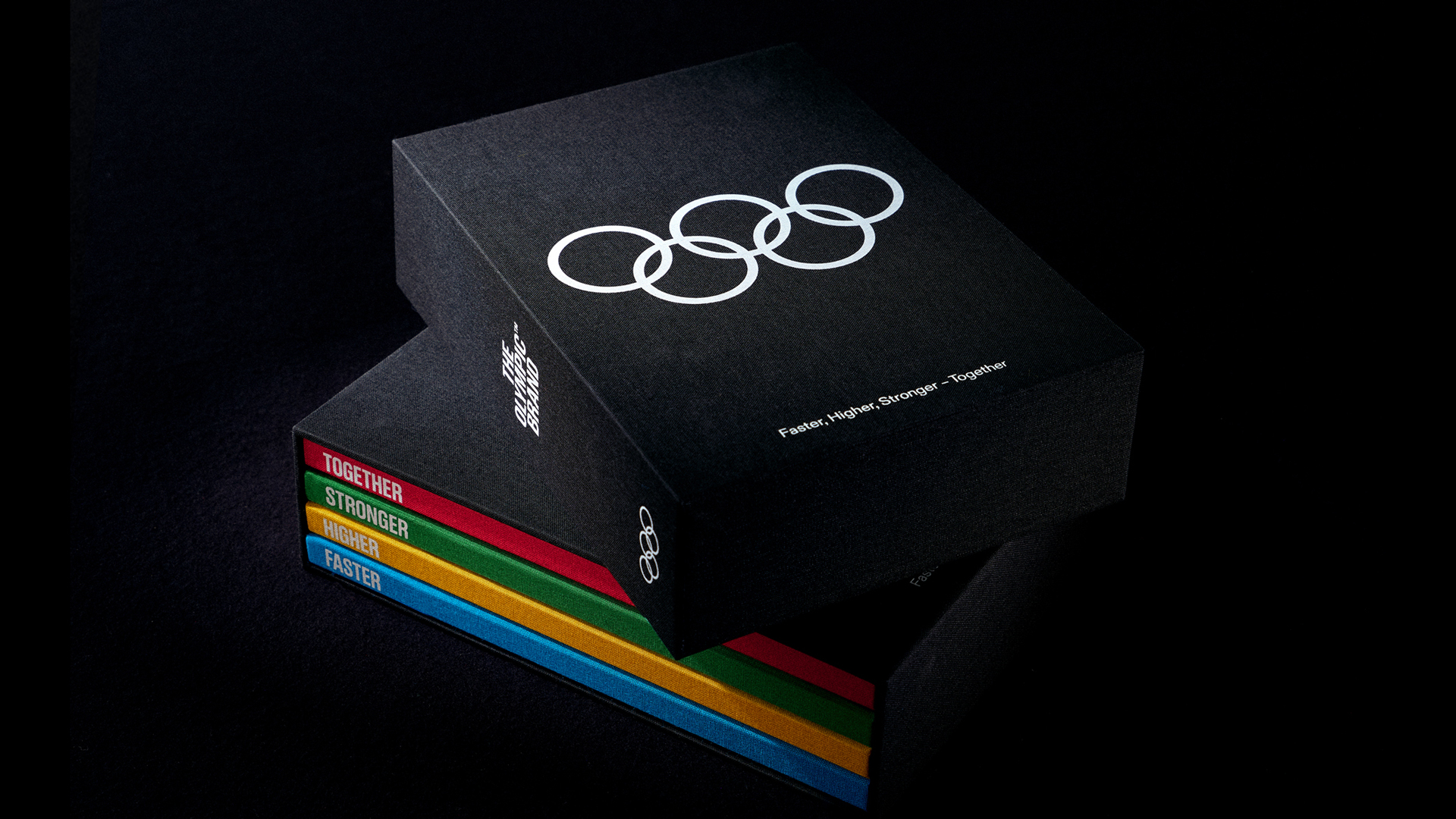
The International Olympic Committee recently asked us to design its first ever brand book. They asked for a ‘marker in the sand to ensure that the true essence of the Olympic brand is articulated accurately to all those who love and use it.’
It was one of those projects that when you set out as a designer you hope you get to do one day. And as it unfolded it made me think about how I approach my craft – specifically the influence of Mod culture on my work.
To most people the term Mod conjures images of Mods fighting Rockers in the late 1960s, but that was mostly a conservative press fiction. It was never what Mods were really about.
I stumbled on it as a teenager in Barnsley in the mid-'80s. It was a tough place to be. Most days you judged success on whether or not you managed to get through it without getting beaten up or bullied.
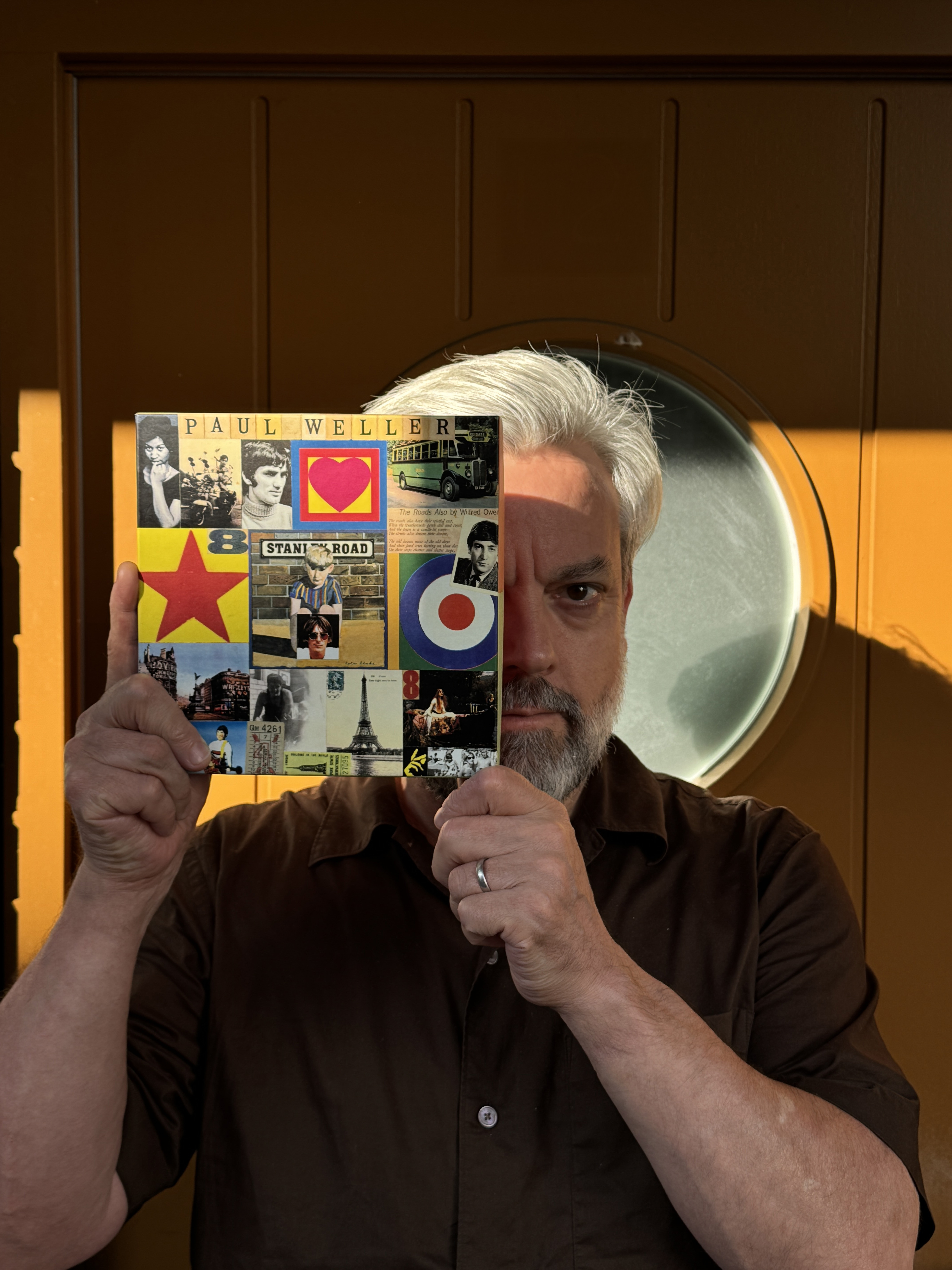
It was tribal. You picked your football team, your music group, clothing – kids found solace in becoming part of a group. I found my way to Mod via early Beatles, and at the same time as I was learning the history, I was also very aware of Mod turning up in school in the form of green fishtail parkas, Harrington jackets, and paisley shirts.
Mod culture had been around since the '50s. It formed in London, and got its name from Modernist jazz which was played in Soho dive bars and music venues at the time. Mods had eclectic tastes, wore sharp clothes inspired by Italian tailoring, listened to jazz, blues soul – the more obscure the better.
By the time I was getting into it, in the early '90s it was showing up as acid jazz, bands like The Young Disciples, and brands like Duffer of St George. They weren’t revivalists. They were brands with attitude, intelligence, skill and style, and I loved them.
Daily design news, reviews, how-tos and more, as picked by the editors.
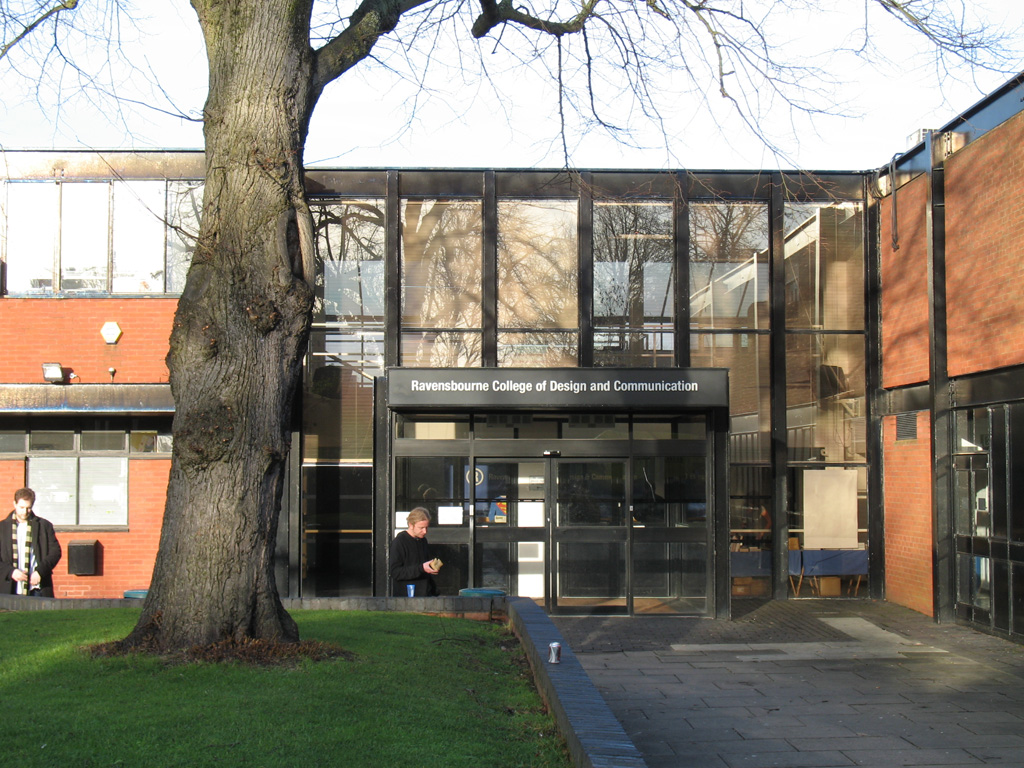
It’s almost certainly why I enjoyed the Swiss Modernist based Visual Communication curriculum at Ravensbourne College of Design. It felt natural to be studying design in a manner which taught skill and quality first, expression and individualism second. You had to master the medium to be able to take it in new directions. This is Mod.
It was also anti-establishment, left-wing, as asymmetric as Twiggy’s haircut, and infused throughout with dynamism and tension.
Manager of Mod band The Who, and often described as King Mod, Pete Meaden, said: "Mod living is a euphemism for clean living under difficult circumstances. You have your own values, your own set of time scales, your own units of existence."
It’s why Mods make the best designers.
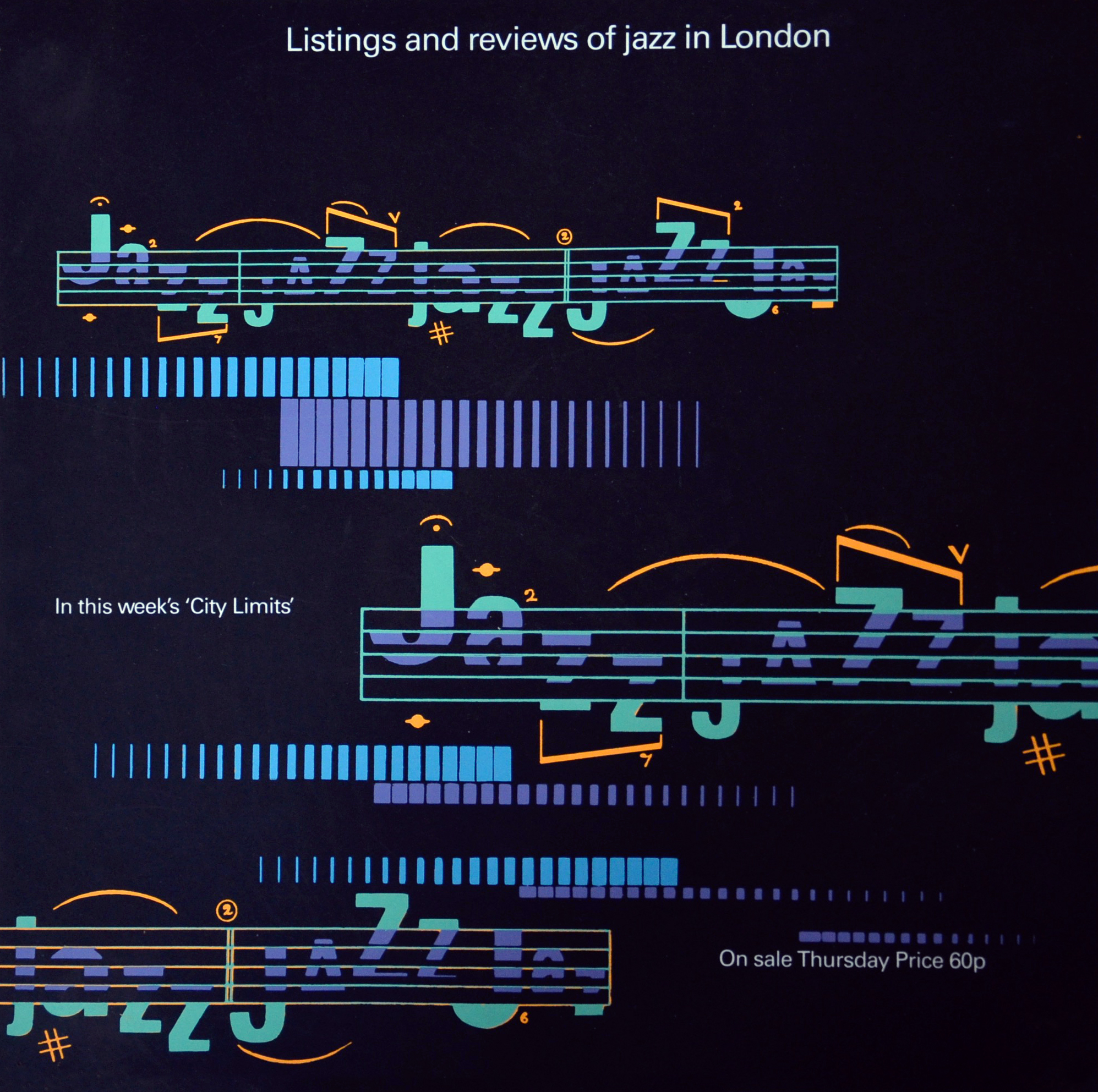
Of course I’m not the only one. Experimental Jetset is an obvious example with its self-imposed discipline of using only Helvetica. Or you could look at Hey Studio and its joyful use of colour and simplicity, as well as Mark Farrow Design and its work in music.
But throughout my career the Mod mindset has strongly influenced me and my work. It’s given me controlled creativity, an interest in a wide array of things, and a sharply defined sense of taste, but most importantly, a relentless focus on quality.
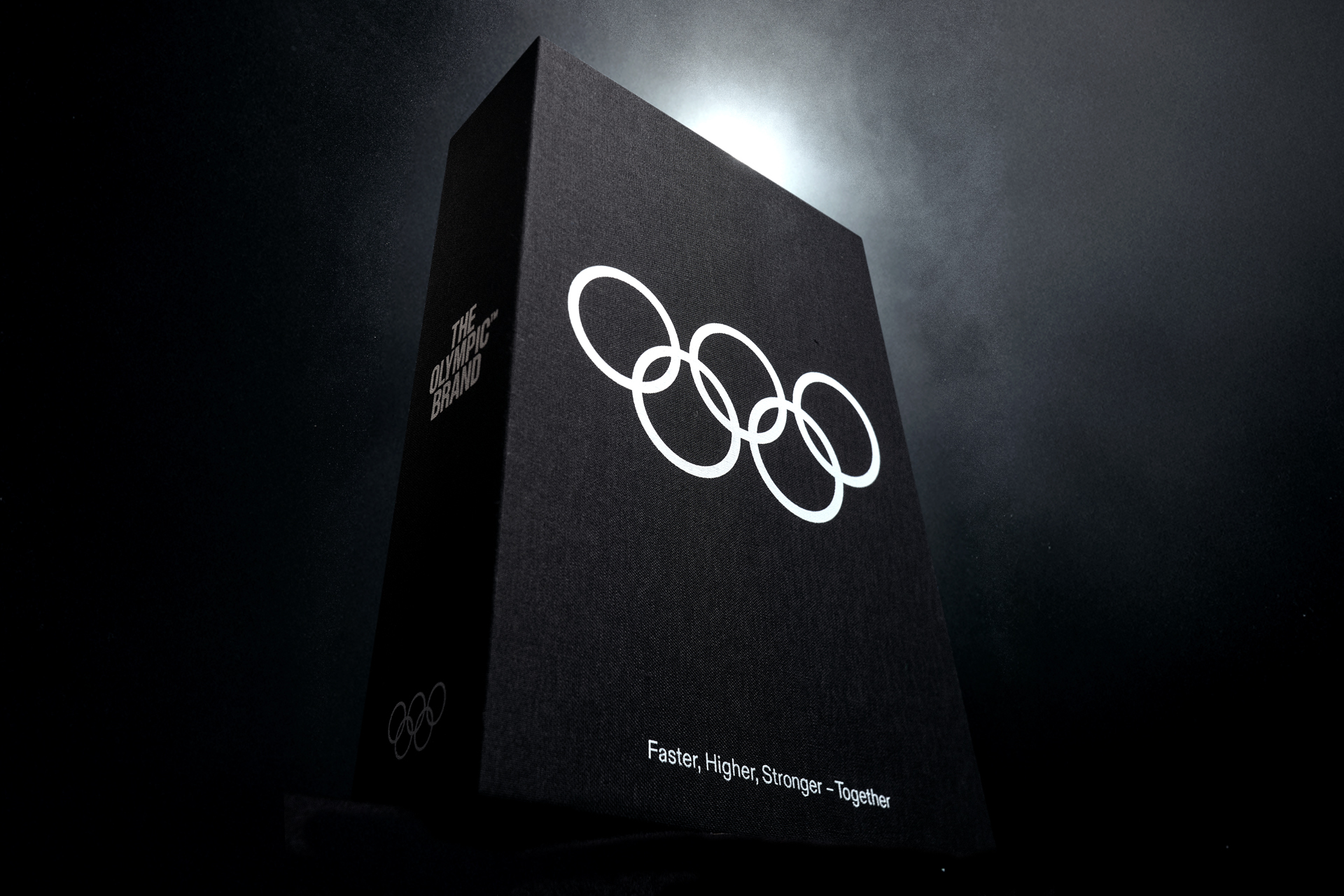
Our approach to the Olympics project was driven by that controlled creativity. The Olympic Rings, and its five core colours, Blue, Yellow, Green, Red and Black, are such simple and powerful brand assets that, much like the Mod target symbol, they just shouldn’t be messed with.
So, we didn’t. We simply presented it as four volumes in a black slipcase, each volume showcasing one of the other four core Olympic colours with the Olympic Rings white out of each.
In summary, then, what can designers learn from Mod culture? Be intentional in how you choose to design, have a point of view, an attitude, and make sure it’s a good one! As Paul Weller, referred to by Sir Peter Blake as the ultimate Mod, would say, “Modliness is next to Godliness”.
You can explore the Olympic Brand Book here.

With over 25 years of experience in brand design, Paul is founder and creative lead of Studio Blackburn, a London-based agency that specialises in branding and identity. He is passionate about creating distinctive and memorable visual solutions that reflect the values, vision, and personality of his clients. He believes in the positive potential of creativity for good and strives to make a lasting impact through his work.
You must confirm your public display name before commenting
Please logout and then login again, you will then be prompted to enter your display name.
